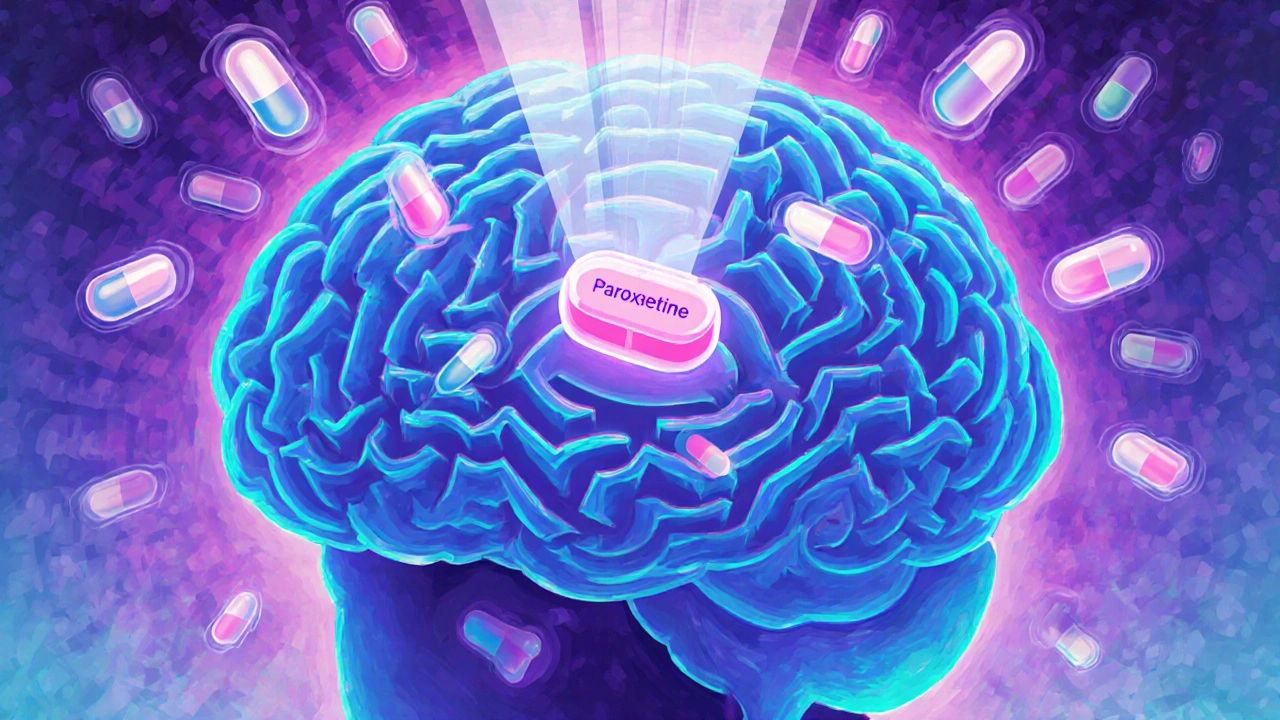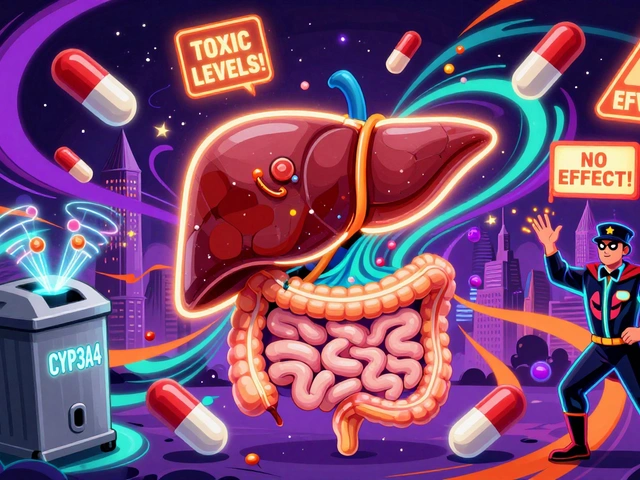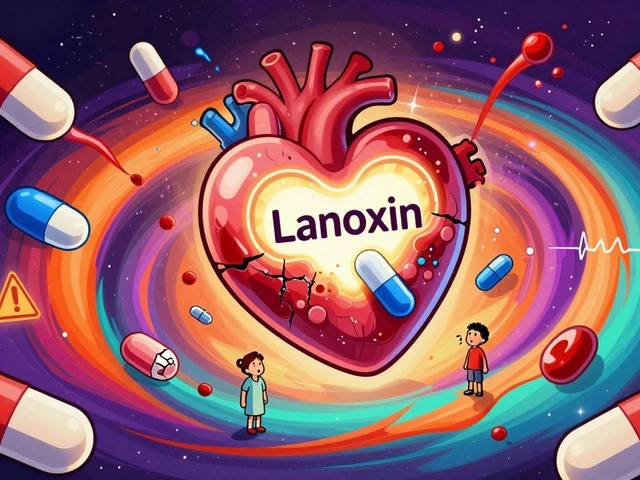Sertraline: Uses, Dosage, and Safety Overview
When talking about Sertraline, a selective serotonin reuptake inhibitor (SSRI) prescribed for depression, anxiety, and several mood disorders. Also known as Zoloft, it works by boosting serotonin levels in the brain, which helps lift mood and reduce anxiety. Sertraline is one of the most widely used antidepressants worldwide, and understanding its role can make a big difference in choosing the right treatment.
How Sertraline Fits Inside the SSRI Family
The SSRI, a class of drugs that block the reabsorption of serotonin, thereby increasing its availability family includes fluoxetine, citalopram, and escitalopram. All of them share the core idea that higher serotonin improves mood. Among them, sertraline stands out for its relatively low risk of weight gain and its effectiveness for both depression and anxiety. This relationship—SSRIs influence serotonin levels—is a key reason why sertraline can treat multiple conditions.
Another core entity is Depression, a mood disorder marked by persistent sadness, loss of interest, and impaired functioning. Treating depression often requires an antidepressant that reliably raises serotonin, and sertraline fits that bill for many patients. When the brain struggles to maintain serotonin balance, sertraline steps in as a stabilizer, easing the heavy emotional weight that defines depression.
Sertraline also addresses Anxiety, a condition characterized by excessive worry, tension, and physical symptoms like rapid heartbeat. Because anxiety often co‑exists with depression, a single medication that can target both saves time and reduces pill burden. The drug’s dual action creates a semantic link: Sertraline treats anxiety and depression, making it a go‑to choice for clinicians dealing with mixed presentations.
Typical dosing starts at 25‑50 mg daily for adults, with gradual increases up to 200 mg if needed. The goal is to find the lowest dose that controls symptoms while keeping side effects manageable. Taking sertraline with food can lessen stomach upset, and a consistent bedtime helps mitigate insomnia—a common early‑treatment complaint. Remember, the drug’s half‑life means steady levels build over a week, so patience is key during the titration phase.
Safety-wise, sertraline is generally well tolerated, but like any medication it has a profile to watch. Common side effects include nausea, dry mouth, and mild dizziness. Less frequent issues involve sexual dysfunction, insomnia, or increased sweating. Because sertraline affects serotonin, mixing it with other serotonergic agents—like certain migraine meds or St. John’s wort—can trigger serotonin syndrome, a rare but serious condition. Always discuss other prescriptions or supplements with your doctor to avoid dangerous interactions.
Our collection below dives deeper into how sertraline compares with other antidepressants and mood‑stabilizing drugs. You’ll find side‑by‑side reviews that break down efficacy, cost, and safety, helping you weigh sertraline against options like lamotrigine, duloxetine, or newer agents. Whether you’re starting therapy, switching meds, or just curious about the landscape, the articles ahead give practical, no‑fluff guidance.
Ready to explore specific drug comparisons, dosing charts, and real‑world tips? Scroll down to see the full list of posts that unpack sertraline’s role, highlight alternative treatments, and answer the questions most patients ask.
Paroxetine vs Alternatives: Comprehensive SSRI Comparison
A detailed comparison of paroxetine with other antidepressants, covering efficacy, side effects, dosage, and guidance for choosing the right option.





